“Why Do Schnauzers Bark? Understanding and Managing Schnauzer Barking”
Dealing with a chatty Schnauzer can be a task on its own. Do you often find yourself puzzled asking, “Why is my Schnauzer barking so much?” Well, we’ve got all the answers you need and then some. Let’s dive right into the heart of understanding Schnauzer barking.
The Normalcy of Schnauzer Barking
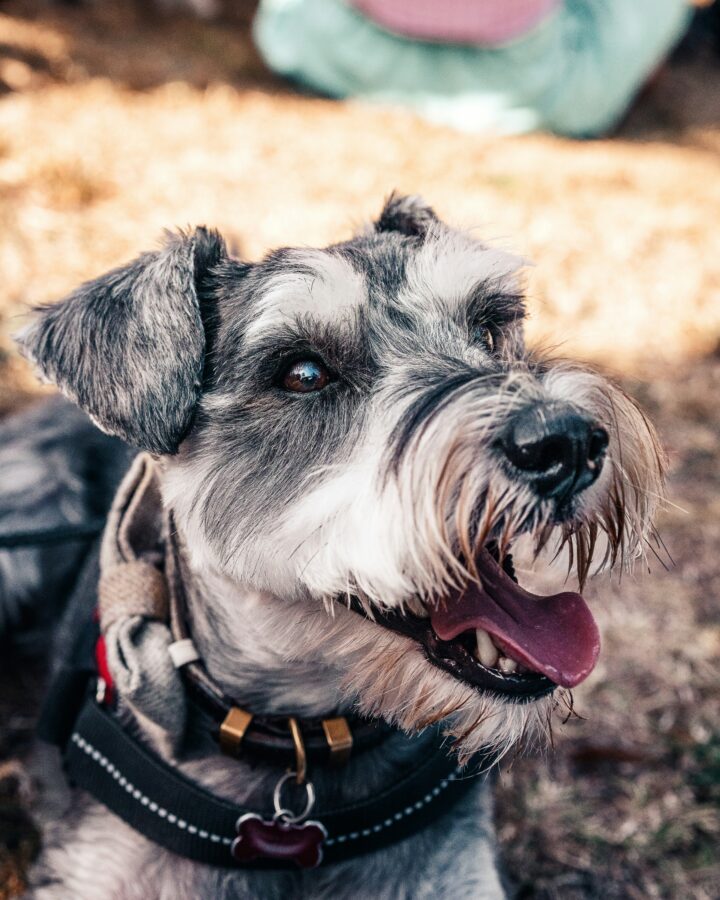
No startling revelation here, it’s basic nature for dogs to bark. Yet, some canines, like your Schnauzer, may bark more than others. While it’s common, managing the barkfest can take effort. Say trying to distract a Beagle from sniffing, a hound’s preferred hobby, you’ll need buckets full of patience and determination.
Why the Excess Barking?

First thing’s first, let’s pinpoint what triggers your Schnauzer’s barking. Among the common reasons could be boredom due to inadequate play and exercise, or extended periods of loneliness. Being social creatures, dogs respond better in interactive environments.
Can We Encourage Selective Schnauzer Barking?
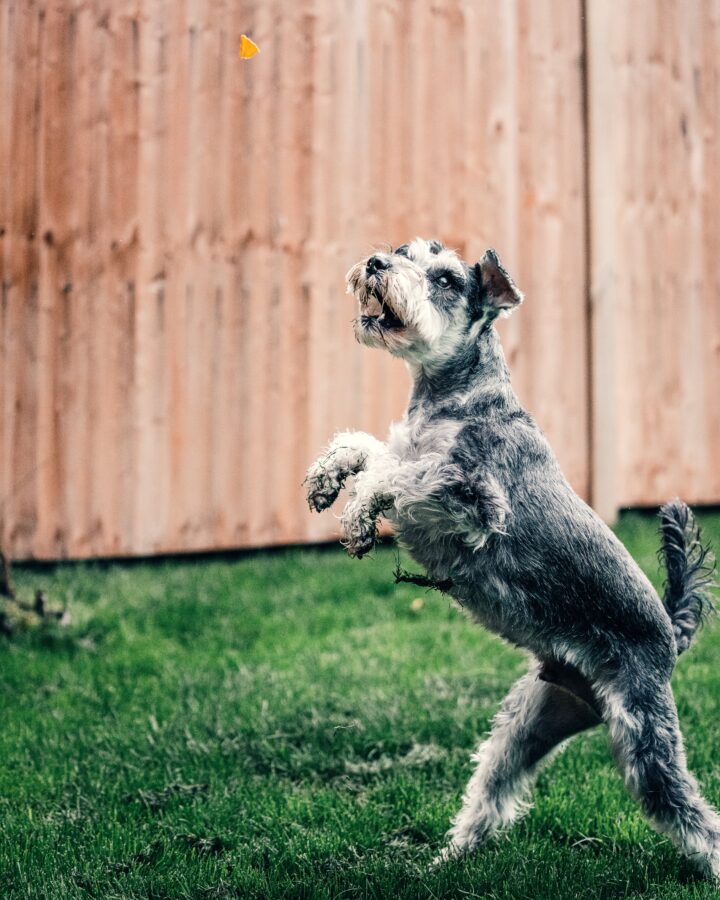
Indeed! Shaping your Schnauzer’s barking habits into more palatable ones isn’t as overwhelming as it may sound. Introducing playtime, regular exercise, and ensuring your canine isn’t left alone for too long, are your starting steps.
Understanding and Using Canine Body Language
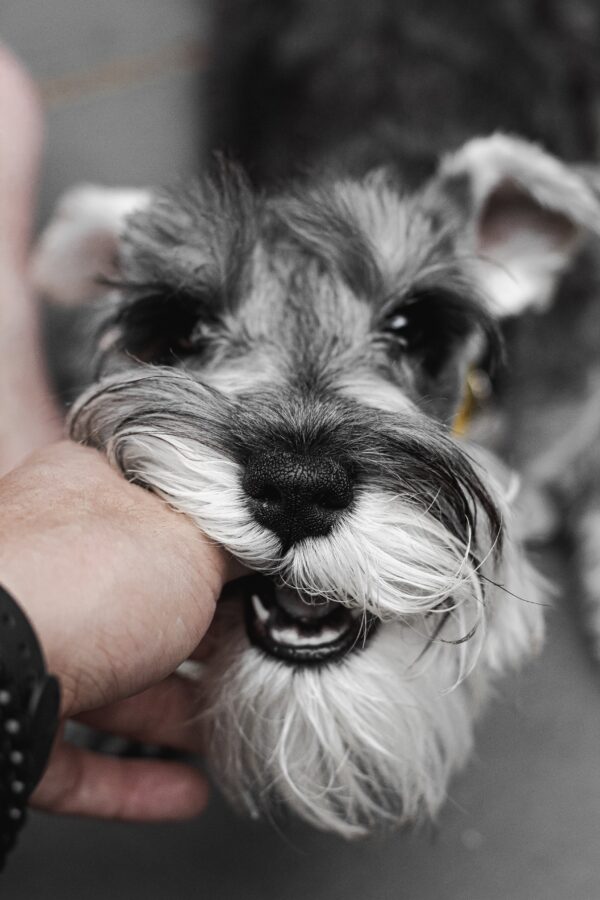
Tools like body language can be helpful in managing your furry friend’s vocal habits. Ignoring your Schnauzer’s barks can be a holistic starting point. Not leaving them alone, but withholding engagement until they settle down. This tactic helps your canine understand that barking continuously won’t get them what they want and might even upset you, which they typically avoid.
Carving Out Time for Training
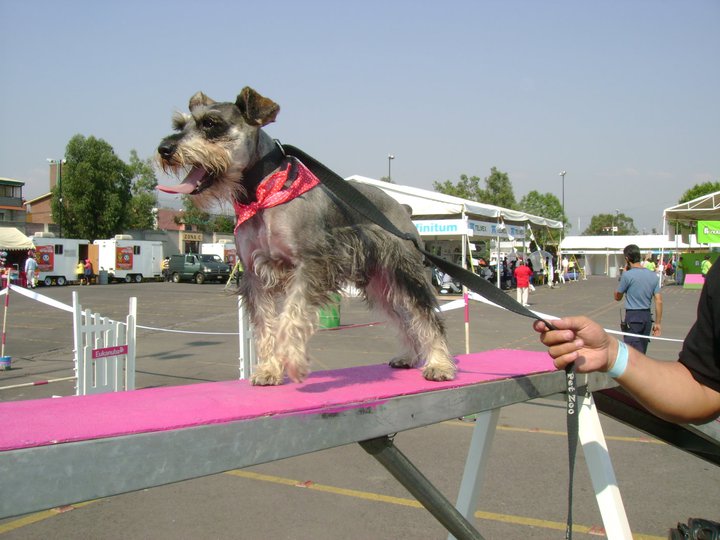
Consistency and patience are key in curbing excessive Schnauzer barking. The process might be lengthy, but the resulting understanding between you and your Schnauzer is truly rewarding.
Final Thoughts
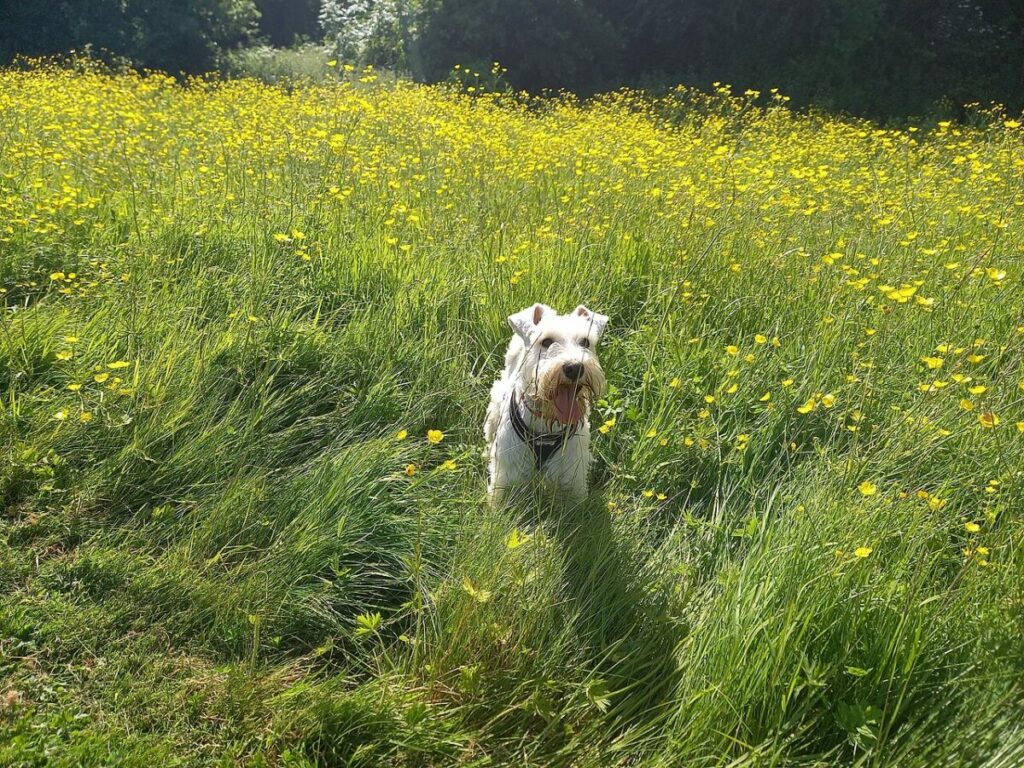
- Understanding why your Schnauzer barks is the first step to managing it.
- Introducing more interaction, play and exercise time can significantly decrease excessive barking.
- Training methods like ignoring or withdrawing attention can prove successful over time.
- Always remember patience and consistency are key. The more time spent, the more you’ll understand your Schnauzer’s needs.
Related Resources: